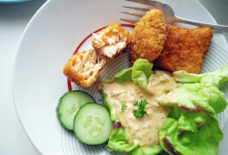Simon Sakkab Talks About His Children’s Book, Palestine A to Z
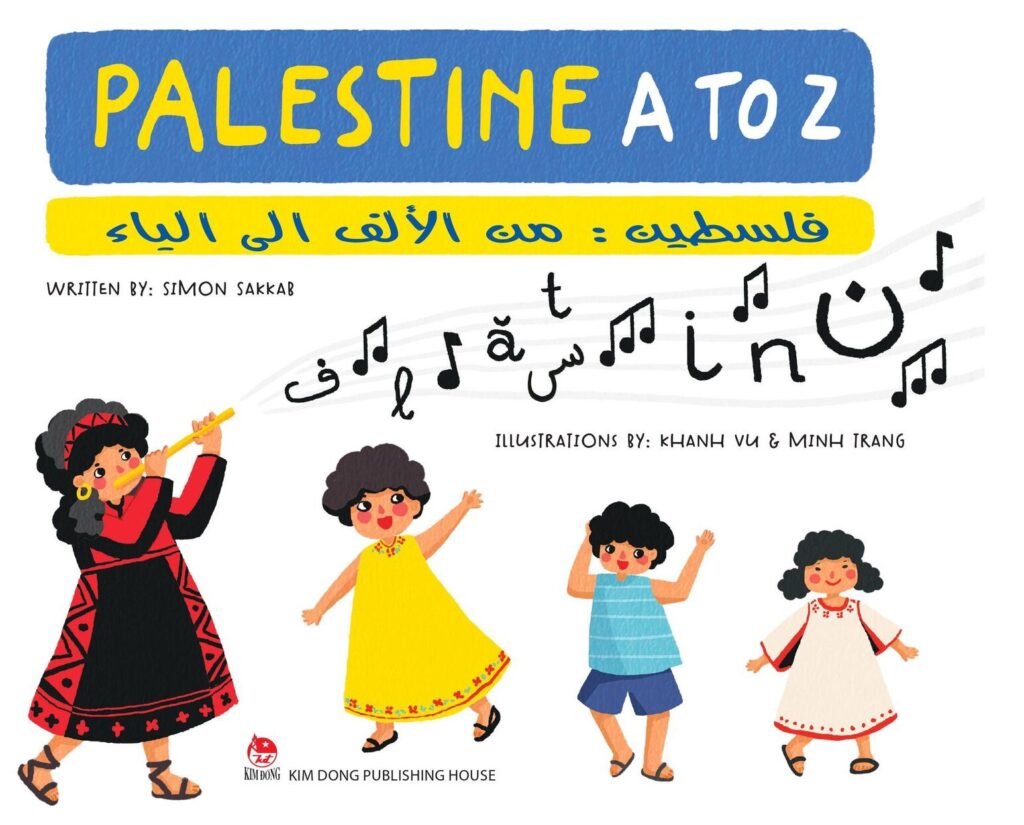
By: Mariam Aburdeineh / Arab America Contributing Writer
Maintaining your cultural identity is even more important when you are away from your homeland, says Simon Sakkab, Palestinian American author of the 2023 children’s alphabet book Palestine A to Z.
“[Palestinian] survival and existence are bound to our history, heritage, and culture,” he said. “It is very important to speak up about our history and culture because there are groups of people who have been trying very hard to erase Palestinians–as if they never existed.”
Each page of the bilingual book, written in English and Arabic, highlights a different aspect of Palestinian culture as it journeys through the alphabet. It’s something Sakkab hopes will inspire readers of all ages to feel pride in their culture and to foster their curiosity.
Sakkab shares about his book, his life, and what it means to be Palestinian:
Where are you from originally?
I am of Palestinian origin. I grew up and studied in Lebanon, as my father’s family were forced to leave their Jerusalem home and possessions in 1948. The family settled in Beirut in 1954.
Tell us about your book
The book covers Palestinians’ hopes and dreams, their rich heritage and culture, and their current reality–bearing in mind that the primary audience is young kids.
The book reminds young Palestinian Americans of where they come from and encourages them to connect with their heritage. Maybe they would ask their parents or grandparents what village they called home in Palestine, if it is still there, and if they could visit their parents’ playgrounds.
What inspired you to write “Palestine A to Z”?
The short answer is my grandmother Latifeh and her stories of raising her family in Katamon (Jerusalem), Palestine, until they had to leave for safety in 1948.
In a new land, Palestinian Americans often focused on survival and integration. Self-identity took a back seat to integration and becoming American. Some families preserved traditions and language, but many found little time to teach their children about their homeland, heritage, and culture. So, I thought a children’s book could get both kids and their parents talking about Palestine.
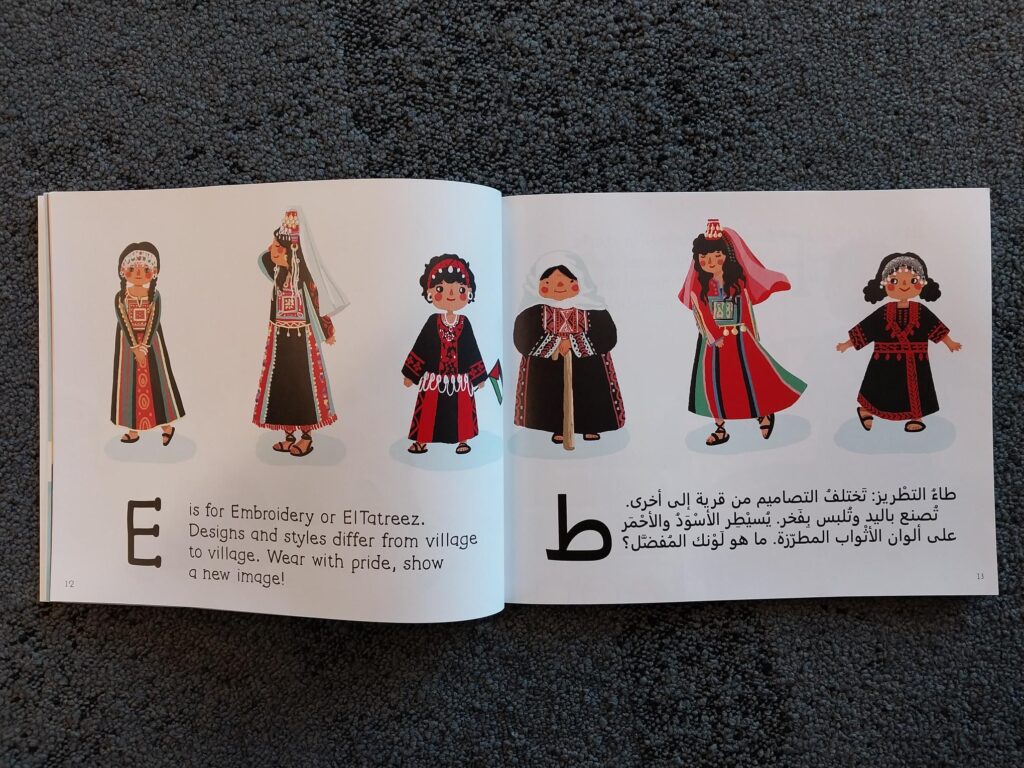
Another point of inspiration was when I traveled to Vietnam. I visited some bookstores and asked if they had any books on Palestine–they did not. That gave me more reason to write the book. The first edition was published in English and Vietnamese and distributed by Kim Dong Publishing throughout Vietnam.
Tell us more about the inclusion of Vietnam in your book
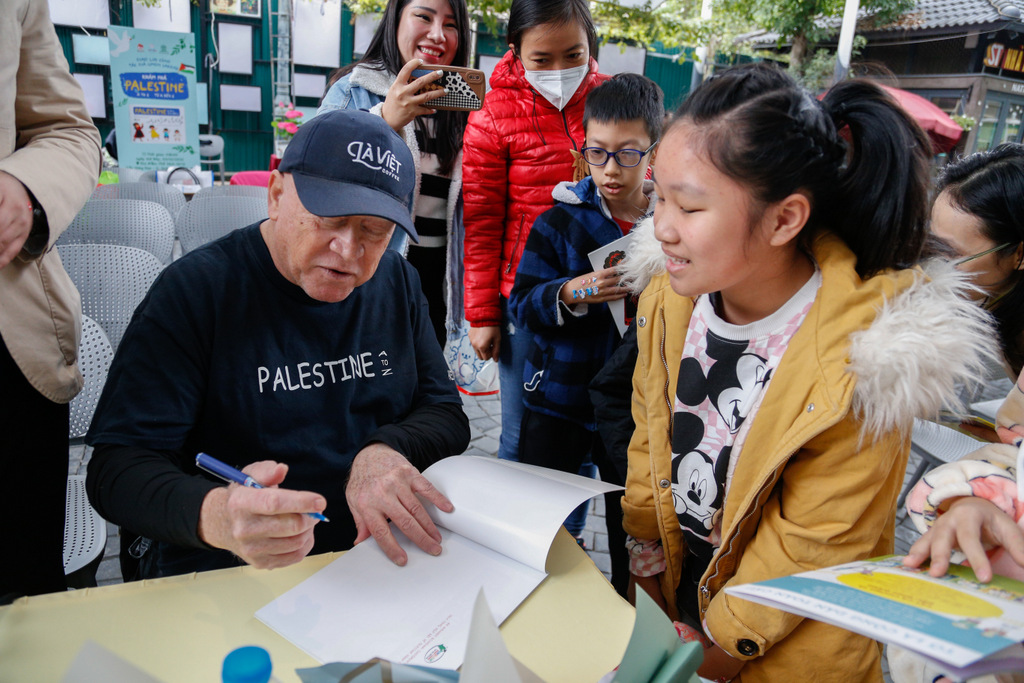
I was in Vietnam when I wrote the book, and the first edition was published bilingually in English and Vietnamese. I stayed there for months due to the outbreak of the COVID-19 pandemic. I am grateful that Vietnam hosted me during that time. So, the page for the letter V is a tribute to Vietnam.
Name three of your favorite pages in the book
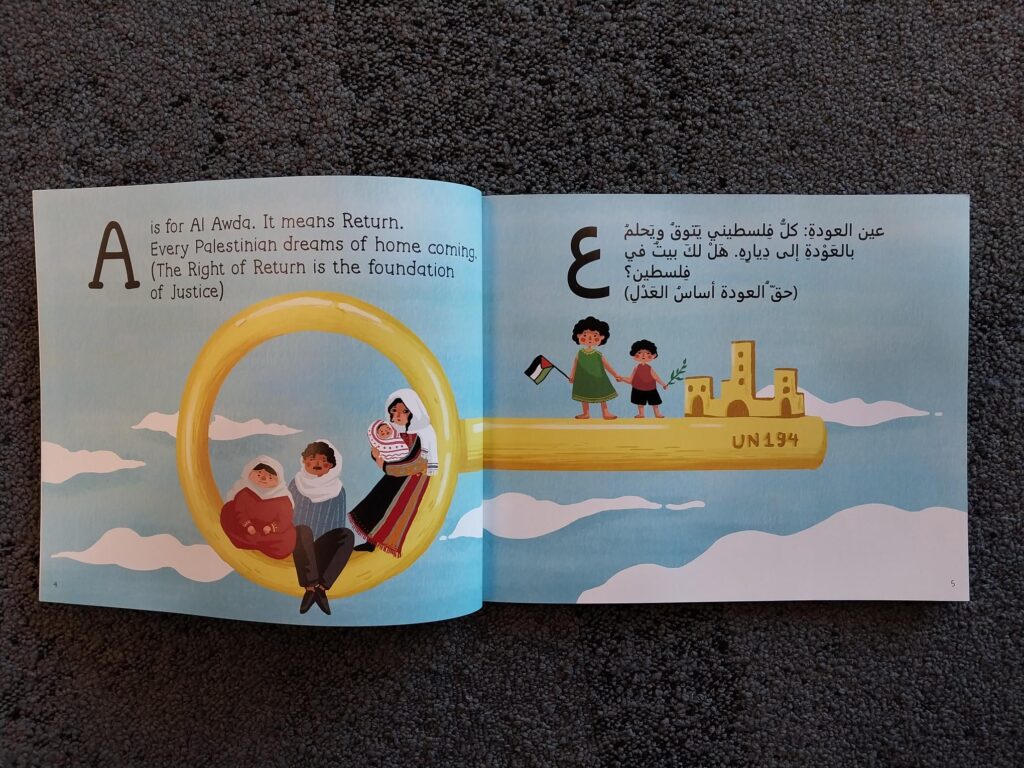
1) The A page—A is for AlAwda: the right of return. This is the Arabic word for “return.”
2) The page dedicated to Gaza, especially in light of recent and ongoing events (2023–2025)
3) P is for Palestine. My late father, who was a poet, liked this page the most for its rhyme and the deep meaning behind it.
What does Palestine mean to you? What does being Palestinian mean to you?
Palestine is the home that I was denied. Being Palestinian means that I have a responsibility to carry my identity wherever I go, to remember my family’s dispossession and displacement, their struggles, and their stories.
What is your dream for Palestinians?
Freedom, peace, justice, and the right of return.
If readers took one thing away after reading your book, what would you hope for that to be?
To rekindle a certain warmth that comes from a sense of belonging.
How can people find your book?
You can order the book at bitterolives.net. Signed books are available upon email request.
Want more articles like this? Sign up for our e-newsletter!
Check out our blog here!


